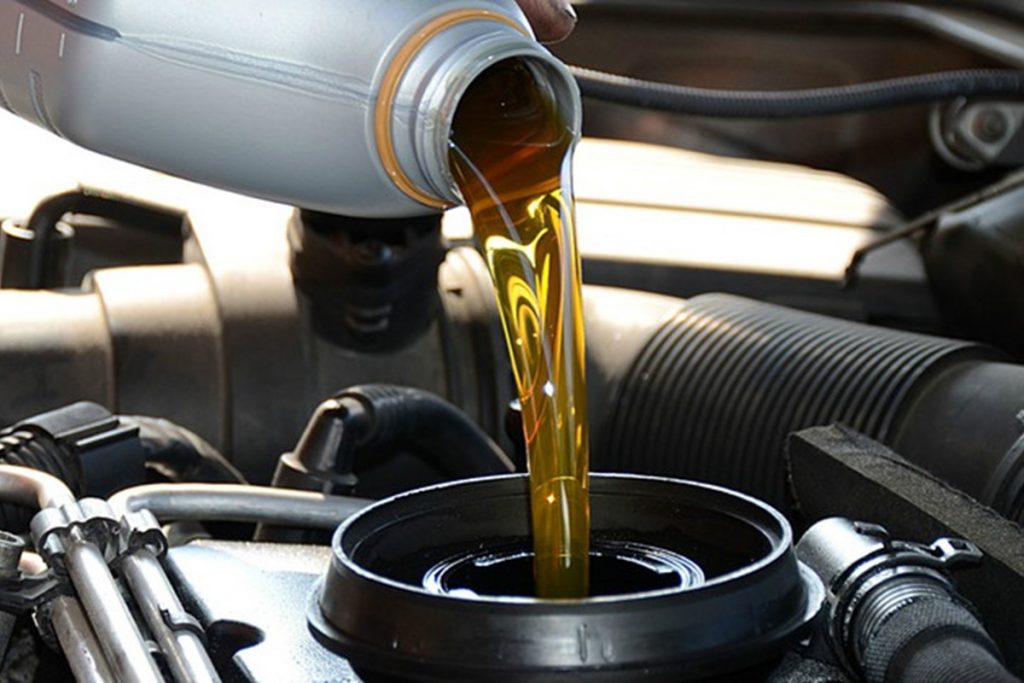Toyota is known for its reliability, longevity, and excellent performance. Whether you’re buying a used Toyota Corolla, Camry, or RAV4, these vehicles often provide years of dependable service. However, just like any used car, Toyota models can develop issues over time. It’s crucial for potential buyers or current owners to be aware of these common issues and know how to address them effectively. In this article, we will explore some of the most frequent problems in used Toyota cars and provide helpful tips on how to fix them.
Owning a used Toyota can be a rewarding experience, but it comes with its own set of maintenance challenges. By understanding these common issues and how to handle them, you can ensure that your Toyota continues to perform at its best. Whether you’re dealing with engine trouble, transmission problems, or electrical glitches, we’ve got you covered. Let’s dive into the most frequent issues Toyota owners face and how to resolve them.
1. Oil Leaks and Seals Issues
One of the most common issues in used Toyota cars, particularly those with higher mileage, is oil leakage. Oil leaks can occur due to worn seals, gaskets, or the oil pan. These issues can lead to low oil levels, which may cause engine damage if not addressed promptly. Common models affected by this problem include the Toyota Camry, Highlander, and Tacoma.

How to Fix It: To fix oil leaks, it’s recommended to replace any worn seals or gaskets. You should also check the oil pan for cracks and replace it if necessary. Regular oil changes and routine engine checks will help prevent the accumulation of debris, which could contribute to oil leaks.
Prevention Tips:
- Perform oil changes regularly to maintain the engine’s performance.
- Use high-quality oil filters to prevent debris from entering the engine.
- Keep an eye on the oil levels and inspect for leaks during routine maintenance.
2. Transmission Slipping or Delayed Shifting
Transmission issues, particularly slipping or delayed shifting, can be a major concern in used Toyota vehicles. Transmission problems typically arise in models with higher mileage, including the Toyota Prius, Camry, and Avalon. When the transmission starts slipping, you may experience jerky shifts, hesitation, or difficulty when accelerating.
How to Fix It: If your Toyota experiences slipping or delayed shifting, it’s important to check the transmission fluid first. Low or dirty fluid is often the culprit. Replacing the fluid and cleaning the transmission may solve the issue. If the problem persists, it may require replacing or rebuilding the transmission, which can be costly.
Prevention Tips:
- Regularly check the transmission fluid and replace it according to the manufacturer’s recommendations.
- Avoid aggressive driving or overloading the car, which can strain the transmission.
- Have the transmission inspected at regular intervals to catch potential issues early.
3. Suspension and Steering Problems
The suspension system in Toyota cars is designed to provide a smooth and comfortable ride. However, over time, worn-out suspension components like struts, shocks, and control arms can lead to poor handling, vibrations, and uneven tire wear. Steering problems, such as stiff or unresponsive steering, can also arise, particularly in older Toyota models.
How to Fix It: If you notice signs of suspension issues, it’s crucial to have the suspension system inspected by a professional mechanic. Worn struts or shocks may need to be replaced, and control arms or tie rods may also need attention. For steering problems, the power steering fluid should be checked and topped up if necessary.
Prevention Tips:
- Regularly check the condition of the shocks and struts.
- Ensure proper tire alignment and balance to avoid uneven tire wear.
- Perform steering system checks during routine maintenance to avoid costly repairs.
4. Electrical Problems
Electrical problems can be one of the trickiest issues to resolve in a used Toyota. These problems can manifest in many ways, from malfunctioning headlights and dashboard lights to issues with the battery or alternator. Common models affected include the Toyota Prius and Toyota Corolla.
How to Fix It: If you experience electrical issues, it’s essential to check the battery and alternator. A failing alternator can cause electrical components to malfunction or drain the battery. Replacing a damaged alternator or faulty wiring can restore the vehicle’s electrical system to normal.
Prevention Tips:
- Inspect the battery and alternator regularly to ensure they are functioning properly.
- Keep an eye on the electrical components, including lights, radio, and dashboard indicators.
- Have the electrical system inspected periodically, especially if you notice any unusual behavior.
5. Brake Problems
Brake problems are another common issue with used Toyota cars, especially if the vehicle has been driven for many years or accumulated high mileage. Symptoms of brake problems include squeaking or grinding noises, a soft brake pedal, or the vehicle pulling to one side when braking.
How to Fix It: To fix brake issues, you may need to replace worn brake pads or rotors. If the problem is more severe, the brake calipers may need to be replaced. In some cases, a brake fluid flush may be necessary to improve braking performance. If the brake lines are damaged, they should be replaced immediately.
Prevention Tips:
- Replace brake pads and rotors at the recommended intervals.
- Flush brake fluid regularly to maintain brake performance.
- Have the entire braking system checked during routine maintenance to ensure proper function.
6. Air Conditioning and Heating Issues
Air conditioning and heating issues are common problems that Toyota owners face, particularly in models that are over five years old. Symptoms of HVAC problems include warm air blowing from the A/C, strange odors, or inconsistent temperatures inside the cabin.
How to Fix It: If the air conditioning system is not working properly, it may need a refrigerant recharge or a replacement of faulty components such as the compressor or condenser. For heating issues, check the heater core for blockages or leaks. Cleaning or replacing the heater core should fix the problem.
Prevention Tips:
- Regularly inspect the HVAC system for signs of wear or leaks.
- Keep the cabin air filter clean to avoid restricted airflow.
- Have the air conditioning system serviced annually to ensure it functions properly.
7. Engine Misfire or Rough Idling
Engine misfire or rough idling can occur in used Toyota vehicles, often due to issues with spark plugs, ignition coils, or the fuel system. Misfires can result in reduced engine performance, poor fuel economy, and a rough driving experience.

How to Fix It: If your Toyota is misfiring or idling roughly, it’s essential to check the spark plugs and ignition coils. Replacing faulty spark plugs can solve the issue, while damaged ignition coils should also be replaced. In some cases, the fuel injectors may need to be cleaned or replaced.
Prevention Tips:
- Change the spark plugs and ignition coils according to the manufacturer’s recommendations.
- Keep the fuel system clean by using quality fuel and fuel additives.
- Have the engine regularly inspected to detect issues early.
Conclusion
Used Toyota cars are generally reliable and long-lasting, but like any used vehicle, they can experience issues as they accumulate mileage. By being aware of the common problems that affect used Toyota cars and knowing how to address them, you can ensure that your vehicle continues to provide dependable service. Regular maintenance, prompt repairs, and diligent inspections are key to keeping your used Toyota in top condition for years to come.
If you notice any of the issues discussed above, it’s best to consult a qualified mechanic who can provide a thorough diagnosis and recommend the appropriate repairs. Taking the time to maintain your Toyota properly will help you avoid costly repairs in the future and enjoy your vehicle for many more miles.

Leave a Reply